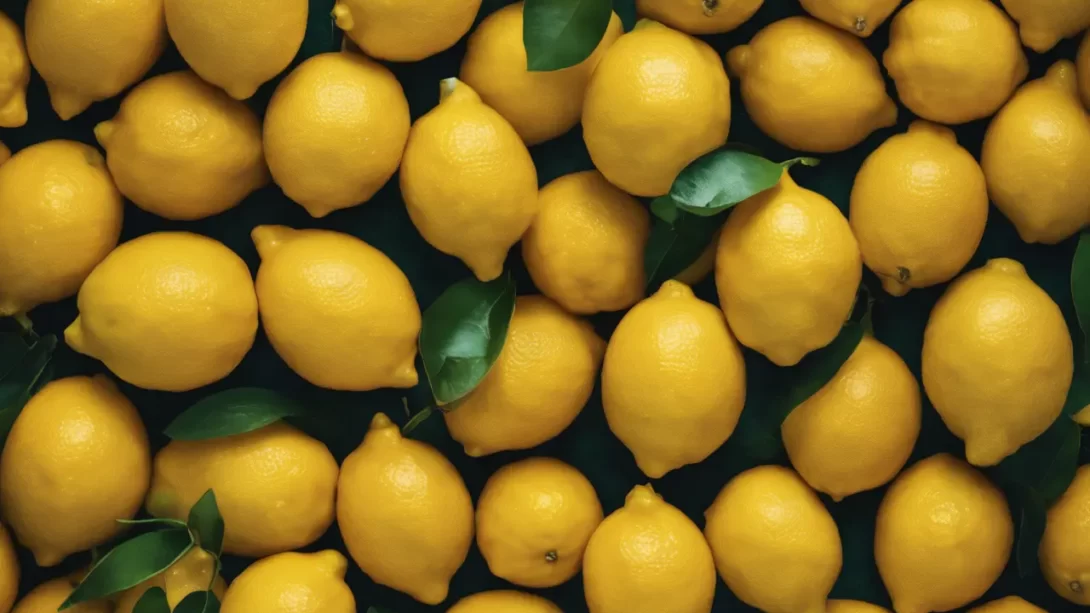Lemons, with their vibrant yellow hue and tangy taste, are a staple in cuisines and diets worldwide. But an intriguing question often arises: are lemons a gift of nature or a creation of human ingenuity? The origin of lemons is a subject of much interest and debate, blending history, botany, and the influence of human cultivation. This article delves into the fascinating journey of the lemon, exploring whether this popular citrus fruit is a natural occurrence or a man-made product.
The Origin of Lemons
The story of lemons begins in ancient times. Historical records trace their roots back to the foothills of the Himalayas. From there, they spread to the Mediterranean region and beyond. Unlike some fruits that have a clear wild ancestor, the exact natural origin of lemons has been more elusive. This ambiguity has led many to speculate about the role of human intervention in the development of the lemon as we know it today.
Hybridization
To unravel the mystery of the lemon’s origin, it’s essential to understand the concept of hybridization. Hybridization in plants occurs when two different species or varieties cross-pollinate to produce a new species or variety. This process can happen naturally in the wild, or it can be facilitated by humans through selective breeding. In the world of citrus fruits, hybridization is a common phenomenon, leading to the creation of many of the varieties we enjoy today.
Lemons: A Result of Hybridization
Lemons are indeed a product of hybridization. Genetic studies suggest that they are a complex hybrid, primarily derived from two ancestral species: the bitter orange (Citrus aurantium) and the citron (Citrus medica). This hybridization event is believed to have occurred in nature, but the exact historical and geographical details remain a subject of research. The lemon, as a hybrid, combines traits from its parent species, resulting in its unique flavor, aroma, and appearance.
The Role of Humans in the Development of Lemons
While the initial hybridization event that led to the creation of lemons may have been a natural occurrence, human intervention has played a significant role in the development of the lemon varieties we know today. Through selective cultivation and breeding practices, ancient farmers and horticulturists identified and propagated lemon plants with desirable characteristics, such as larger size, juicier flesh, and fewer seeds. Over centuries, these practices have resulted in the domesticated lemon varieties that are widely cultivated and consumed around the world.
Comparing Lemons to Other Citrus Fruits
Lemons are not unique in their hybrid origin. In fact, many citrus fruits are hybrids or cultivars developed over thousands of years. For example, oranges are believed to be a hybrid of the pomelo and the mandarin, while grapefruits are a cross between oranges and pomelos. This hybridization aspect is a common thread in the citrus family, highlighting the dynamic interplay between natural processes and human cultivation in the development of these fruits.
Historical Cultivation and Spread of Lemons
The journey of the lemon through history further underscores the role of human cultivation in its development. After their initial emergence, lemons were spread by humans across the Mediterranean region and later to the Americas. Historical records indicate that lemons were cultivated in Italy as early as the 1st century AD and were highly valued in the Roman Empire. The spread of lemons followed trade routes, with Arab traders taking them to the Middle East and North Africa, and later, during the Age of Exploration, they were brought to the Americas by European settlers. This global journey highlights how human intervention has been instrumental in the spread and cultivation of lemons.
Modern Cultivation and Lemon Varieties
Today, the cultivation of lemons has become a sophisticated agricultural practice. Breeders and horticulturists continue to develop new varieties of lemons, selecting for traits like flavor, size, and resistance to pests and diseases. The range of lemon varieties available in the market today is a testament to the ongoing human involvement in shaping this fruit. From the Eureka and Lisbon lemons commonly found in supermarkets to the sweeter Meyer lemon, each variety has been influenced by human selection and cultivation practices.
Conclusion
In conclusion, while the initial creation of lemons can be attributed to natural hybridization, their development into the fruit we know and love today is largely a result of human intervention. Through centuries of cultivation, selection, and breeding, humans have played a pivotal role in shaping the lemon’s journey. This makes the lemon a fascinating example of how natural processes and human influence intertwine in the world of agriculture. Whether considered natural or man-made, one thing is clear: lemons are an integral part of culinary and cultural traditions around the world, celebrated for their unique flavor and versatility.




